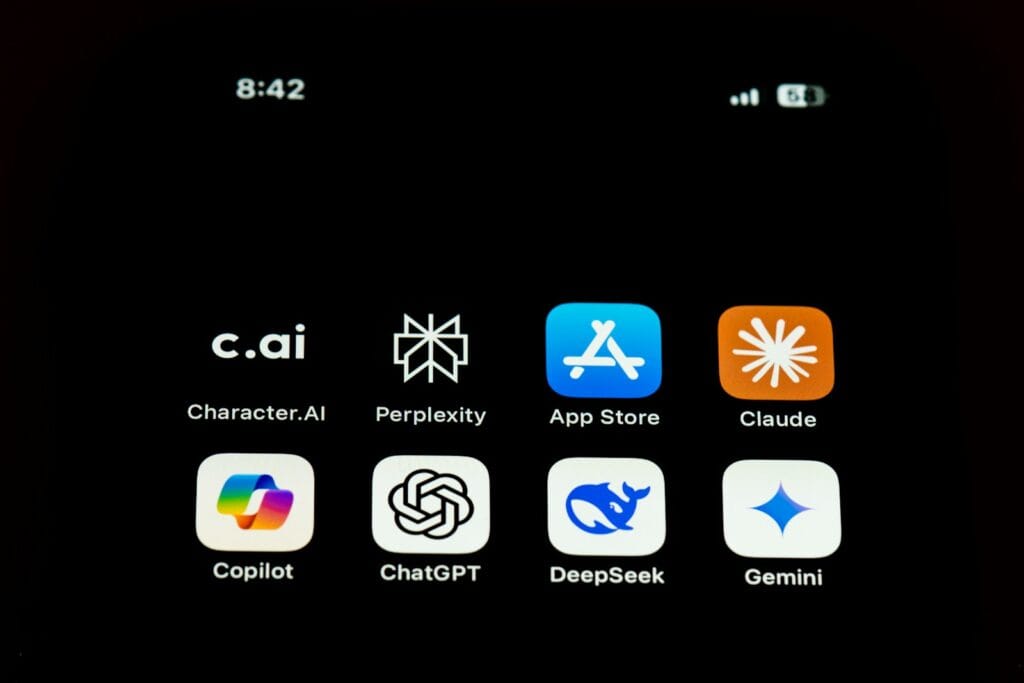Breaking News


Popular News







Enter your email address below and subscribe to our newsletter
Deepseek AI International

Every successful startup begins with a spark — a simple idea that solves a complex problem.
But turning that idea into a working, scalable product is where most teams struggle.
In early 2025, a small SaaS startup called TaskPilot set out to build an AI-driven productivity assistant that could automate repetitive workflows and generate actionable insights — all with a single chat interface.
With limited time, a small dev team, and a tight budget, TaskPilot turned to the DeepSeek API Platform.
What happened next was a transformational leap from concept to scalable product — powered by DeepSeek’s modular AI infrastructure.
Like many early-stage startups, TaskPilot faced three major hurdles:
They needed a platform that could:
The founders evaluated several major APIs but found them either too costly or too rigid — until they discovered DeepSeek.
TaskPilot adopted DeepSeek to power their product’s core intelligence layer — using a combination of DeepSeek modules for text reasoning, code generation, and workflow automation.
Used to interpret user queries like:
“Summarize my daily tasks and draft a follow-up email for my manager.”
Added reasoning for task prioritization, enabling the assistant to determine:
“Which tasks are urgent, which can be delegated, and which need approval.”
Generated and maintained internal automation scripts that connected with Slack, Notion, and Google Sheets.
Chained all these components into a single, seamless automation pipeline.
Architecture Snapshot:
User Request
↓
DeepSeek Chat → Understand context
↓
DeepSeek Logic → Apply business rules
↓
DeepSeek Coder → Execute automation
↓
Output → Summary + Suggested Actions
With minimal setup, TaskPilot built a fully operational AI productivity engine in just 3 weeks.
Within 60 days of integration, TaskPilot went from prototype to public beta — with remarkable results.
| Metric | Before DeepSeek | After DeepSeek |
|---|---|---|
| Development Time | 4–6 months (est.) | 🚀 3 weeks |
| Infrastructure Cost | $4,800/month | 💰 $1,250/month |
| User Onboarding Time | 10+ mins | ⏱️ < 2 mins |
| API Latency (avg) | 800ms | ⚡ 380ms |
| System Uptime | 96.5% | 99.98% |
Quote from the CTO, Alex Kim:
“DeepSeek gave us the flexibility of a cloud-scale AI platform, but with the agility of a startup toolset.
We built features in days that would’ve taken months anywhere else.”
DeepSeek’s model-specific endpoints (chat, logic, coder, vl) allowed the team to integrate only what they needed — reducing complexity and cost.
When beta user traffic surged 12x overnight, DeepSeek’s elastic scaling handled the load automatically with zero downtime.
By using token streaming, TaskPilot delivered instant user feedback during long task generation processes — improving UX dramatically.
TaskPilot stored user context seamlessly between sessions, allowing personalized, ongoing assistance for every user.
With built-in analytics, the team monitored API usage, token consumption, and latency in real-time — optimizing calls and cost at every step.
As TaskPilot grew from a few hundred users to over 25,000 active accounts, DeepSeek continued to scale effortlessly.
They upgraded from Growth Tier → Scale Tier, unlocking:
Now, TaskPilot handles millions of API requests per month — all powered by the same integration they built at the MVP stage.
| Impact Area | Improvement |
|---|---|
| Development Speed | 4x faster iteration cycles |
| Infrastructure Cost Savings | 3.8x cheaper than competitors |
| Time to Market | 70% reduction |
| Reliability | 99.98% uptime across all environments |
| Customer Satisfaction | 9.3/10 NPS average |
The ROI wasn’t just technical — it was strategic.
DeepSeek allowed TaskPilot to launch faster, attract investors sooner, and outpace competitors still stuck building their infrastructure.
TaskPilot’s story mirrors hundreds of other AI-driven startups choosing DeepSeek for the same three reasons:
DeepSeek levels the playing field — giving early-stage teams the same AI infrastructure power as enterprise players.
For startups, time and cost are everything.
TaskPilot’s success with DeepSeek proves that with the right API foundation, small teams can achieve enterprise-grade results.
By combining modular design, developer-first tooling, and global scalability, DeepSeek transforms bold ideas into operational realities — faster than ever before.
So, whether you’re building your first AI assistant, automation platform, or industry-specific SaaS, DeepSeek is the platform that grows with you — from concept to global success.